We have a special guest, Marlon Blackwell, FAIA, on the podcast. If you are not intimately familiar with his work, I am excited to be in a position to share it with you. I first met Marlon almost 30 years ago, just as his career started to take off.
Marlon Blackwell, FAIA, is a practicing architect in Fayetteville, Arkansas, and serves as the E. Fay Jones Distinguished Professor at the Fay Jones School of Architecture and Design at the University of Arkansas. Blackwell is the recipient of the 2020 AIA Gold Medal, the Institute’s highest honor, which recognizes those whose work has had an enduring impact on the theory and practice of architecture. He was a 2019 Resident Fellow of the American Academy in Rome, inducted into the 2018 National Academy of Design, and selected as a 2014 United States Artists Ford Fellow. He received the E. Fay Jones Gold Medal from the Arkansas AIA in 2017 and the 2012 Architecture Prize from the American Academy of Arts and Letters.
Work produced in his professional office, Marlon Blackwell Architects (MBA), has received national and international recognition with significant publication in books, architectural journals and magazines and more than 140 domestic and international awards. MBA received the 2016 Cooper Hewitt National Design Award in Architecture and ranked #1 in Design as part of the 2016 Architect 50.
A monograph of Marlon’s early work, “An Architecture of the Ozarks: The Works of Marlon Blackwell”, was published in 2005 by Princeton Architectural Press, who will also publish a new monograph titled “Radical Practice” to be released in 2021.
Andrew and I attempted to cover a lot of ground during the time we had with Marlon. To help those who are interested in jumping to specific topics of our conversation, I have listed the question and the corresponding time-stamp.
• So let’s start at the beginning. You were born overseas in Germany (Fürstenfeldbruck, Germany) and moved around a few times. Do you think this had any impact on your path as an architect? [4:05 mark]
• What did your parents do for a living? [4:48 mark]
• A lot of people who become architects speak of knowing that they wanted to be architects from a very early age. Was this true for you? What compelled you to become an Architect? [6:05 mark]
• What about your time in High School – did you take classes in preparation for going to architecture school? [9:02 mark]
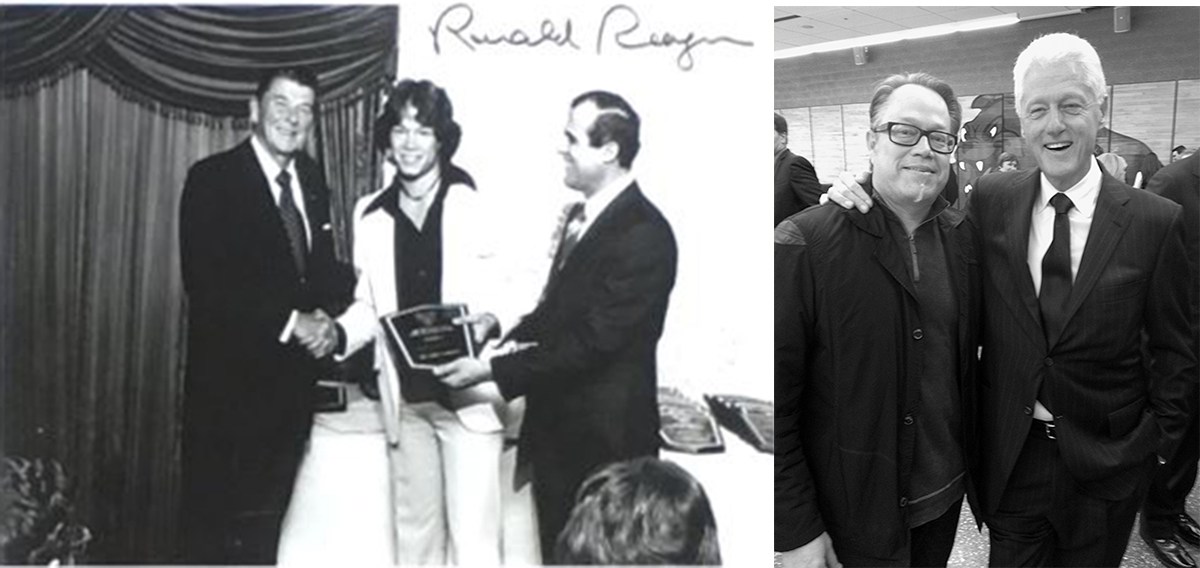 l-r: Marlon Blackwell (center on left) and President Ronald Reagan, Marlon Blackwell President Bill Clinton
l-r: Marlon Blackwell (center on left) and President Ronald Reagan, Marlon Blackwell President Bill Clinton
• For many people, architecture school is hard and demanding of one’s attention – almost as if it is a test of your dedication. How was your time in College? Did you ever struggle? [10:38 mark]
• You received your undergraduate degree from the University of Auburn, your master’s is from Syracuse, and you worked for a while in Louisiana and Massachusetts … so what was it that brought you to Arkansas? [13:24 mark]
• You started Marlon Blackwell Architect in 1992. Let’s talk about those early days. How did you start your own practice? [15:53 mark]|
• Was there a project early on that changed the trajectory of your practice? [26:07 mark]
• What do you think is the hardest part of having a small architectural practice? [29:00 mark]
 Bob Borson, FAIA and Marlon Blackwell, FAIA (with others) during the Atlanta, Georgia National AIA convention in 2015
Bob Borson, FAIA and Marlon Blackwell, FAIA (with others) during the Atlanta, Georgia National AIA convention in 2015
• What’s is the split of your time between academia and practice? [30:50 mark]
• What’s one thing you wish you had known when you started your practice? [34:50 mark]
• Congratulations on being the 2020 AIA Gold Medal winner. Other than the peer recognition that comes with winning the AIA Highest Design Honor, what does this honor mean to you? [36:11 mark]
• As your commissions get larger, do you ever miss the smaller, pure design gesture projects? Like Honey house and Keenan tower house? [38:42 mark]
• What are your thoughts on the Inspirational versus the Practical? [42:10 mark]
One of the requests we make of our guests when they participate in a “Talking Shop with ____” is that they send us photos, models, drawings, sketches, etc. of one of their project so that we can present an in-depth look at the process they go through with one of their projects. Marlon chose to send along a project that is actually located just a few miles from where I currently live – the ‘Lamplighter School Innovation Lab’.
LAMPLIGHTER SCHOOL – Dallas, Texas (2018)
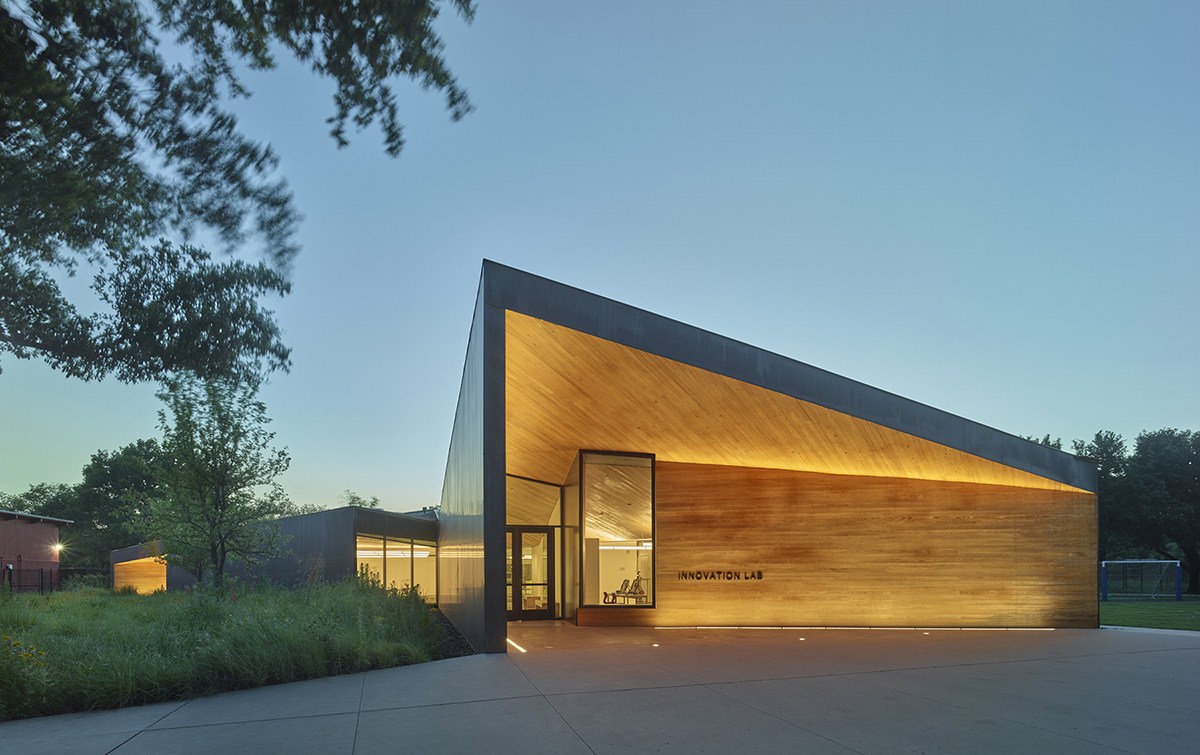
Originally designed by O’Neil Ford in the late 1960s, The Lamplighter School enjoys a rich architectural heritage. The campus boasts a design highlighted by open learning spaces, a close relationship with nature, and a “village” composition developed from the original O’Neil Ford plan. In the spring of 2014, The Lamplighter School undertook an ambitious plan to reimagine their campus. An updated masterplan shifts vehicular circulation to the periphery of the site, enlarges the central landscape, and provides space for a new, freestanding Innovation Lab and Teaching Barn.
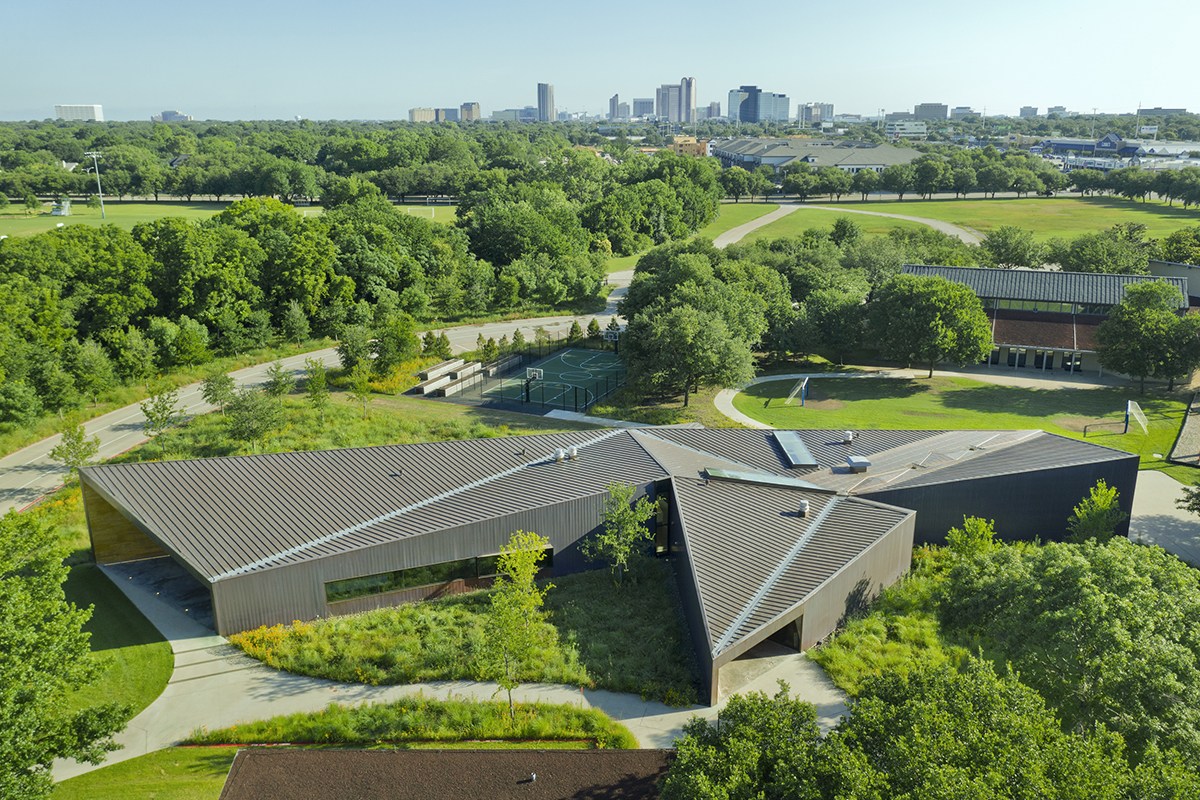
The approximately 10,000 square foot Innovation Lab serves the school’s 450 Pre-K through 4th-grade student population. Programmed with hands-on learning classrooms, including a woodshop, robotics lab, and teaching kitchen, the building is an expression of the educational values and vision of the Lamplighter School, one that suggests a holistic approach to design, systems, and learning with a relationship to the natural environment. The Innovation Lab contributes to the vitality of the existing campus of buildings and landscape spaces, while establishing a 21st Century identity.
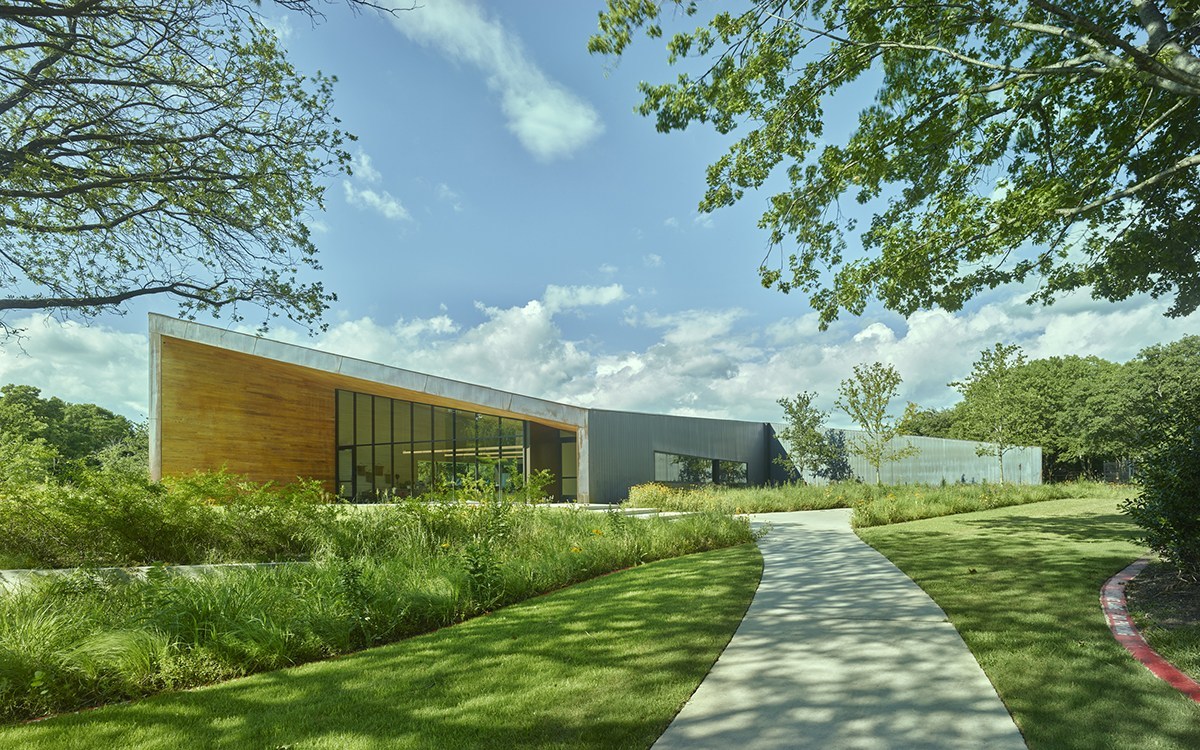
The building is wrapped in copper and lined with wood planks at the exterior porches and the interior ceiling, introducing a refined, yet soft and lasting material palette that complements the original campus buildings. The dynamic form encloses light-filled, open interiors that compress and expand under the pitch and roll of the roof to accommodate varying classroom volumes and programs. A single bend in plan realigns the exterior walls with significant campus features and provides entrances at the east and west. At this fold, a third entry from the south is dropped low to the scale of a child then expands upward to the primary interior space, a teaching kitchen, located at the intersection of the east-west movement through the building.
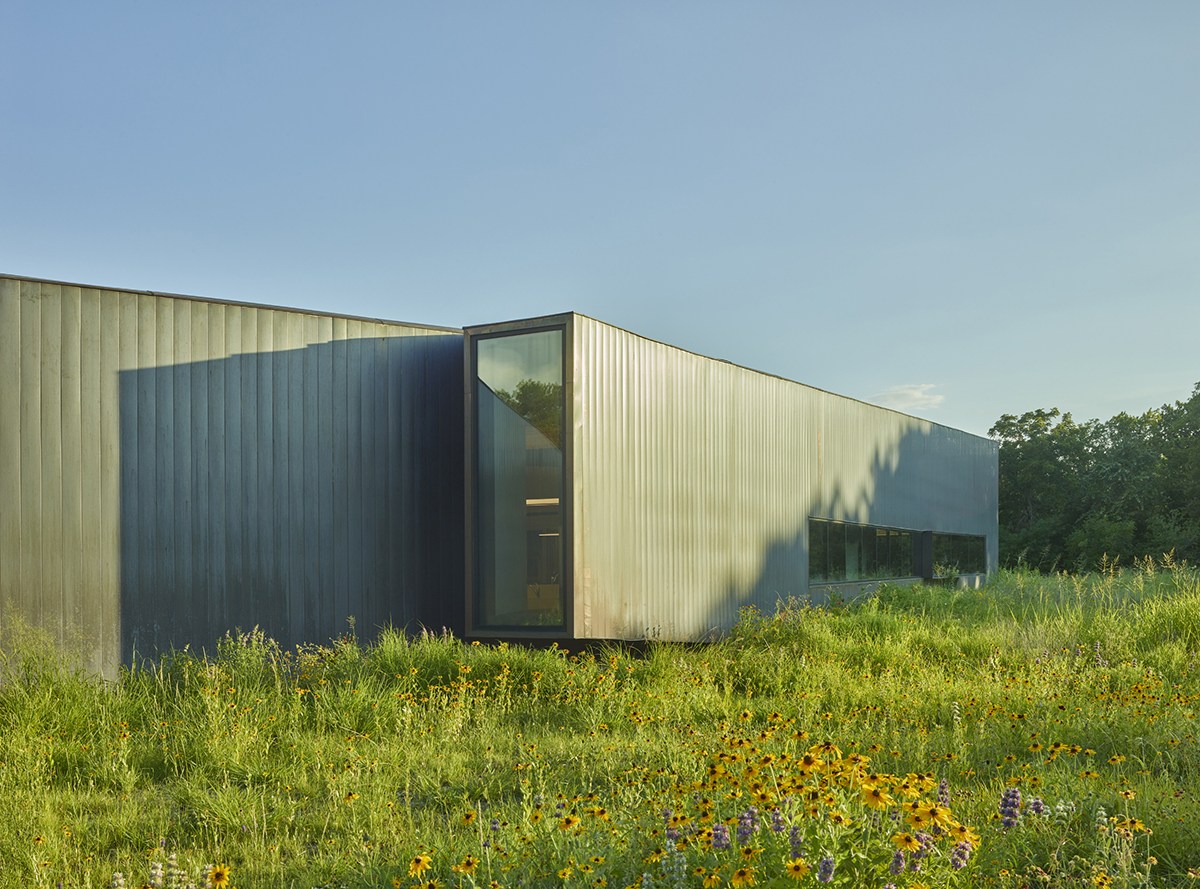

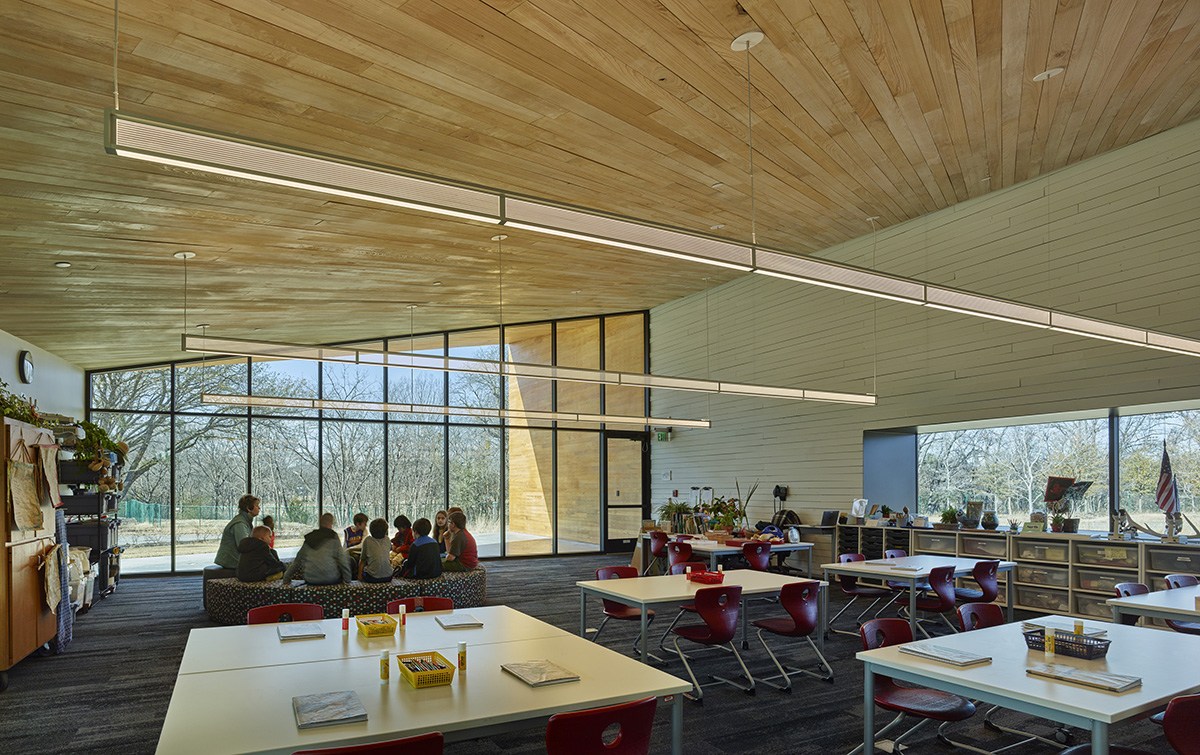
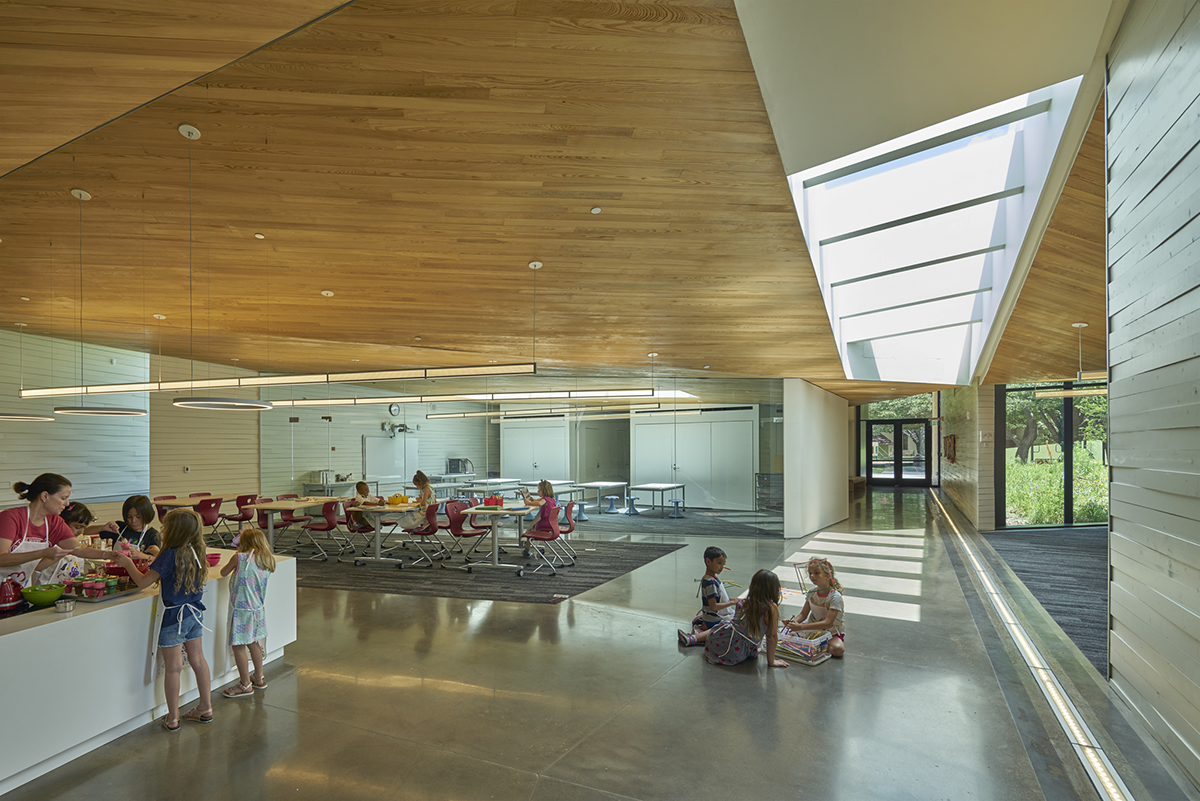
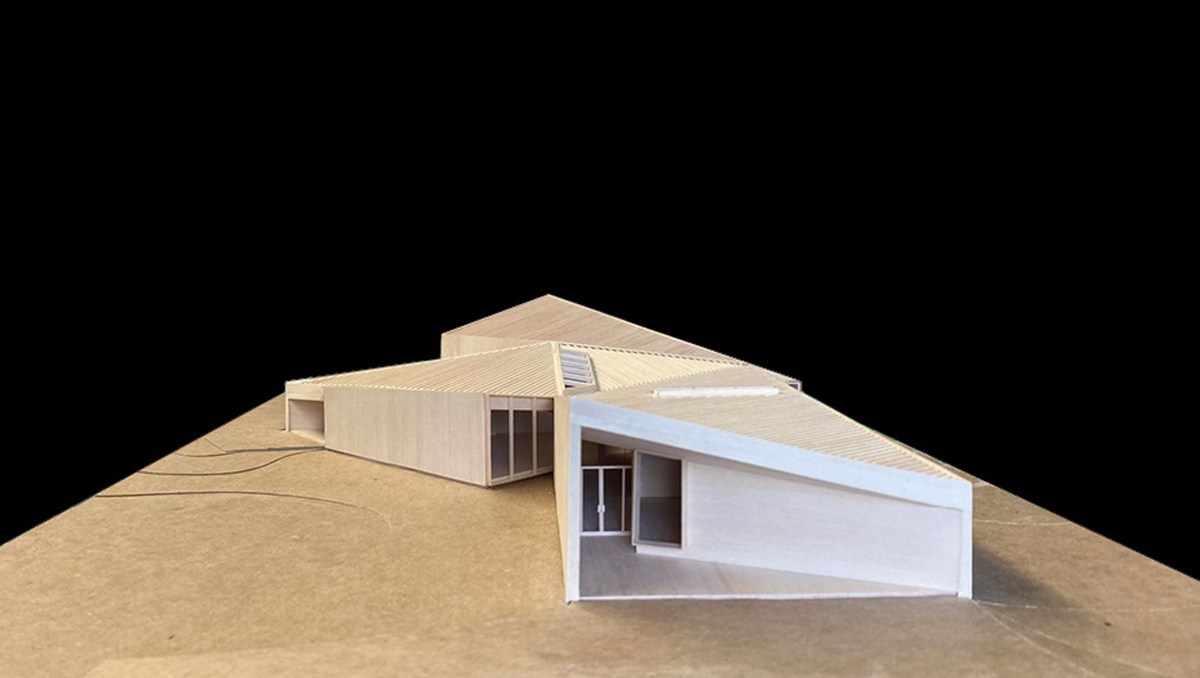

Marlon was a good sport and decided to join us on this week’s hypothetical question. I had offered to let him know the hypothetical question in advance but Marlon declined this advance notice and decided to respond in the moment. [46:08 mark]
"You can no longer live in the United States – you can’t even return for a visit. You are forced to move somewhere within a weeks time … where do you go?
There are of course considerations like – can you convince your family to come to this place with you? What about working? Does the current COVID19 situation figure into your decision at all? Meaning, do you consider large, population-dense cities differently now than how you might have considered them previously?"
Should I be disappointed or flattered that Marlon and I, out of all the possible answers that one could choose, actually selected the same location? Maybe I would be more flattered and less disappointed had I given my answer first.
Cheers and stay safe,

Life of an Architect would like to thank Petersen for their gracious support of this episode as well as our media partners, Building Design+Construction. If you would like to learn more about Petersen or any of their products, you can reach them at info@pac-clad.com.






